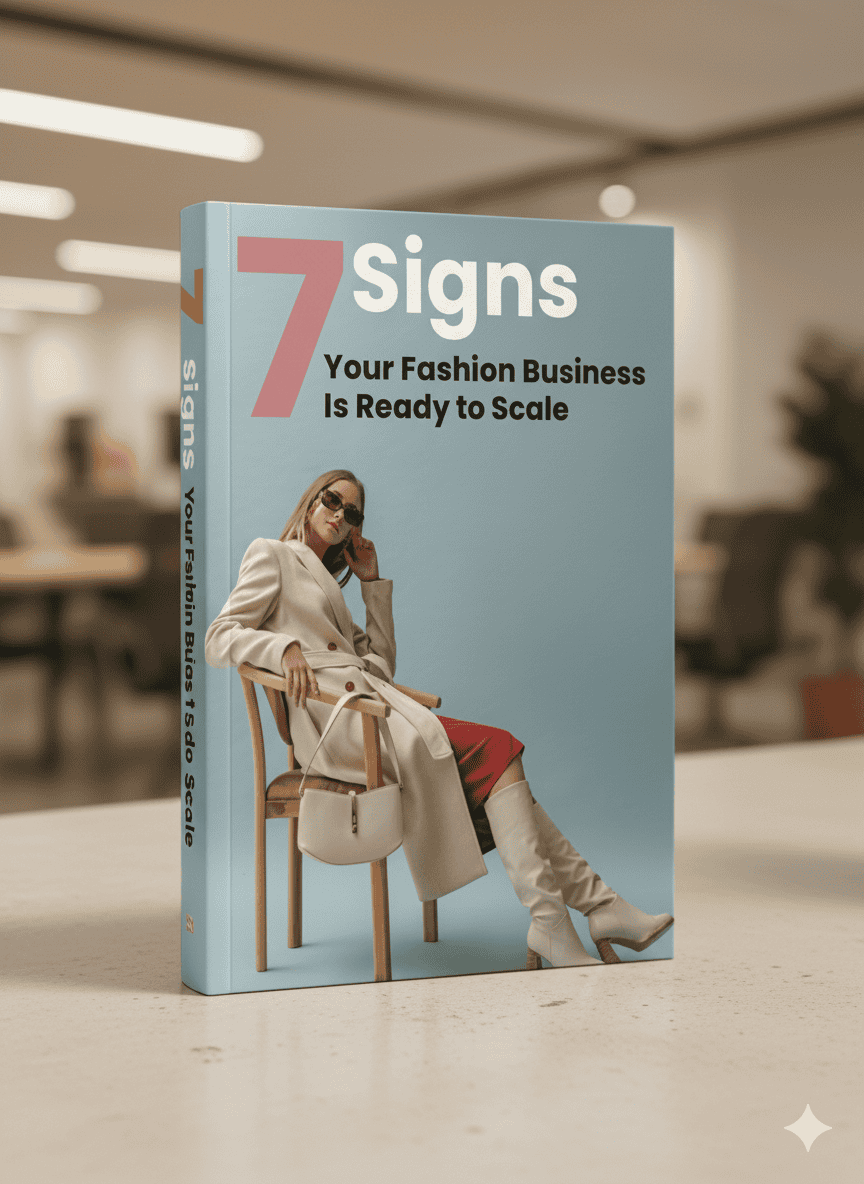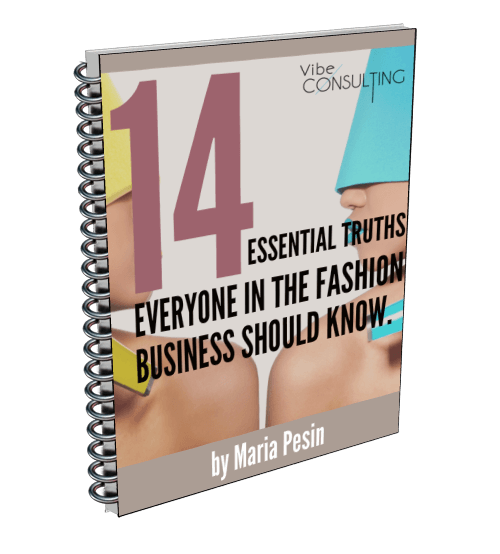Fashion photography is a captivating and dynamic field that combines artistry, technical skill, and a keen eye for style. Whether you’re an aspiring fashion photographer, a seasoned professional, or a fashion entrepreneur looking to elevate your brand, mastering the nuances of fashion photography is essential. In this comprehensive guide, we’ll explore tips and techniques to help you take stunning fashion photos that stand out in the competitive world of fashion.
Before diving into the tips and techniques, it’s crucial to understand the essence of fashion photography. This genre is all about showcasing clothing, accessories, and styles in a visually compelling way. The goal is to tell a story, evoke emotions, and highlight the unique qualities of the fashion pieces being photographed. For fashion entrepreneurs, effective photography can enhance brand identity and drive sales. Fashion photography can be editorial, commercial, or a blend of both, each requiring a different approach.
Understanding Fashion Photography
Essential Equipment
To capture high-quality fashion photos, having the right equipment is essential. Here’s a list of must-have gear for fashion photography:
- Camera: A DSLR or mirrorless camera with manual controls and interchangeable lenses is ideal. Popular models include the Canon EOS R5, Nikon Z7 II, and Sony A7R IV.
- Lenses: Invest in a variety of lenses, including a 50mm prime lens for portraits, a 24-70mm zoom lens for versatility, and a 70-200mm telephoto lens for capturing details and compressing backgrounds.
- Lighting: Studio lighting equipment, such as softboxes, beauty dishes, and ring lights, is essential for controlled lighting setups. Natural light can also be used effectively with reflectors and diffusers.
- Tripod: A sturdy tripod helps maintain stability and achieve consistent framing, especially for studio shoots.
- Accessories: Remote triggers, light meters, and color correction tools are useful for achieving precise exposures and colors.
Planning and Conceptualizing
Great fashion photography starts with a well-thought-out plan. Here’s how to approach the planning and conceptualization stage:
- Mood Board: Create a mood board to visualize your ideas and set the tone for the shoot. Include images, color schemes, and styling concepts that inspire you.
- Storyboarding: Develop a storyboard to outline the sequence of shots and the overall narrative. This helps in maintaining a cohesive visual story throughout the shoot.
- Location Scouting: Choose a location that complements the fashion pieces and enhances the overall aesthetic. Consider the lighting, background, and accessibility of the location.
- Styling and Wardrobe: Collaborate with a stylist to select outfits that fit the theme and narrative. Pay attention to details like accessories, shoes, and props that can add depth to the images.
- Model Selection: Choose models who embody the look and feel of the shoot. Consider their posing abilities and how well they can convey the desired emotions.
Lighting Techniques
Lighting is a critical aspect of fashion photography. Here are some lighting techniques to elevate your photos:
- Natural Light: Utilize natural light for a soft and flattering look. Shoot during the golden hour (early morning or late afternoon) for warm, diffused lighting. Use reflectors to bounce light onto the subject and fill in shadows.
- Studio Lighting: In a studio setting, experiment with different lighting setups. A classic three-point lighting setup (key light, fill light, and backlight) creates dimension and depth. Softboxes and beauty dishes provide soft, even lighting, while hard light sources create dramatic shadows.
- High-Key Lighting: For a clean and bright look, use high-key lighting with multiple light sources to minimize shadows. This technique is popular in commercial fashion photography.
- Low-Key Lighting: Create a moody and dramatic atmosphere with low-key lighting. Use a single light source or selective lighting to highlight specific features and create contrast.
- Backlighting: Position the main light source behind the model to create a halo effect and add a sense of ethereal beauty. Use fill light to balance the exposure on the model’s face.
Posing and Composition
Posing and composition are crucial elements that can make or break a fashion photo. Here are some tips for effective posing and composition:
- Posing: Guide the model into poses that enhance the clothing and accessories. Encourage natural movements and expressions. Use a mix of static and dynamic poses to add variety to your shots.
- Angles: Experiment with different angles to find the most flattering perspectives. Shooting from a low angle can make the model appear taller and more powerful, while high angles create a softer look.
- Rule of Thirds: Apply the rule of thirds to create balanced and visually appealing compositions. Position the model off-center to add interest and draw the viewer’s eye.
- Leading Lines: Use leading lines to guide the viewer’s eye towards the model. Elements like pathways, staircases, and architectural features can create dynamic compositions.
- Negative Space: Incorporate negative space to emphasize the model and the fashion pieces. This technique can create a sense of elegance and simplicity.
Post-Processing
Post-processing is the final step in creating polished and professional fashion photos. Here are some tips for effective post-processing:
- Editing Software: Use professional editing software like Adobe Lightroom and Photoshop to enhance your photos. Familiarize yourself with the tools and techniques available.
- Color Correction: Adjust the white balance, exposure, and contrast to achieve accurate and vibrant colors. Use color grading to create a cohesive look and feel.
- Retouching: Perform retouching to smooth skin, remove blemishes, and enhance details. Be mindful of maintaining a natural look and avoid over-editing.
- Sharpening: Apply selective sharpening to enhance details in the clothing and accessories. Use masks to avoid sharpening areas like skin and hair.
- Cropping: Crop your images to improve composition and remove distractions. Maintain the aspect ratio to ensure consistency across your portfolio.
Staying Inspired and Evolving
Fashion photography is an ever-evolving field. Here are some ways to stay inspired and continue growing as a photographer:
- Study Iconic Photographers: Analyze the work of renowned fashion photographers like Richard Avedon, Helmut Newton, and Mario Testino. Understand their styles, techniques, and contributions to the field.
- Follow Trends: Keep up with current fashion trends and photography styles. Attend fashion shows, browse fashion magazines, and follow industry blogs to stay informed.
- Experiment: Don’t be afraid to experiment with new techniques, lighting setups, and compositions. Push the boundaries of your creativity and take risks.
- Collaborate: Work with other creatives in the industry, such as stylists, makeup artists, and designers. Collaboration can lead to fresh ideas and unique perspectives.
- Practice: Consistent practice is key to improving your skills. Take every opportunity to shoot, whether it’s a professional assignment or a personal project.
Conclusion
Taking great fashion photos requires a blend of technical proficiency, creative vision, and meticulous planning. By understanding the fundamentals of fashion photography, investing in the right equipment, and mastering lighting, posing, and post-processing techniques, you can create stunning images that captivate and inspire. Remember to stay curious, keep experimenting, and continuously seek inspiration from the world around you. With dedication and passion, you’ll be well on your way to becoming a successful fashion photographer.
By following these tips and techniques, you’ll be able to elevate your fashion photography and capture images that leave a lasting impression. Happy shooting!



